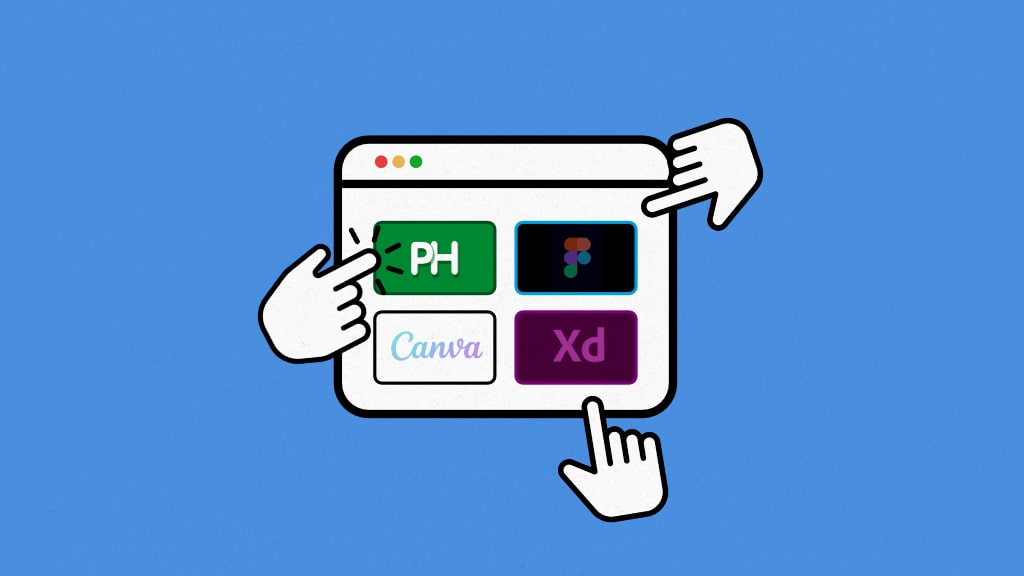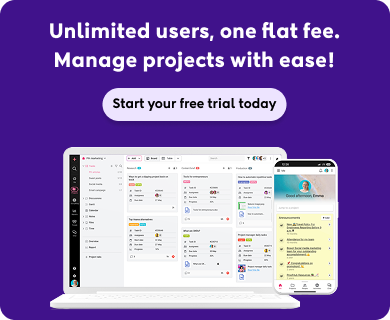Introduction
Collaborating on design projects is a demanding process. You’ve got to brainstorm ideas, juggle feedback, meet deadlines, make revisions, and manage digital assets and versions – all while keeping teams in sync and creating high-quality designs.
To avoid employee frustrations and ensure optimal design outcomes, design collaboration tools come in handy. These tools help teams of designers and developers facilitate real-time collaboration, maintain work quality, and streamline operational workflows.
In this article, we will discuss the 9 best design collaboration tools, highlighting their key features and functionalities, pros and cons, pricing, user reviews, and more to help you better understand the tool’s capability and suitability. But first, let’s briefly discuss what design collaboration tools are and how they improve your team’s creative process.
What are design collaboration tools?
Design collaboration tools refer to platforms that help creative teams and stakeholders to collaborate on a design project in real-time. These tools create a centralized space for sharing ideas, brainstorming solutions, resolving issues, capturing feedback, sharing files, and making collaboration a breeze.
Be it confusion during the feedback process or managing multiple design project files, using these tools eradicates many common issues designers face throughout the creative process. Here are some of the standout benefits of utilizing design collaboration tools:
Benefits of design collaboration tools
Design collaboration tools offer several benefits to teams working on creative projects:
- Improved communication: Design collaboration tools allow users to provide feedback on designs, track changes, discuss confusions, and have discussions, eliminating the scope for feedback getting lost in endless email exchanges and undocumented verbal interactions.
- Enhanced productivity: These tools enhance team productivity by facilitating a collaborative space where teams can share perspectives and updates. This also minimizes the chances of important feedback getting lost in endless email chains or forgotten verbal exchanges. Increased efficiency: When input and suggestions are marked on digital assets, team members spend less time asking for clarifications and focusing more on making reiterations effectively.
- Greater accountability: Design collaboration tools provide clear visibility into project progress and task ownership, leaving no scope for shifting blame. Everyone knows each other’s responsibilities and who to turn to for support.
- Improved transparency: With consolidated project information and version histories, everyone stays informed about updates and changes, keeping the team on the same page.
- Better results: When team members can collaborate effectively in one centralized space and in real-time, there is more potential for greater innovations and creative solutions, often leading to improved design outcomes.
9 Best design collaboration tools
1. ProofHub
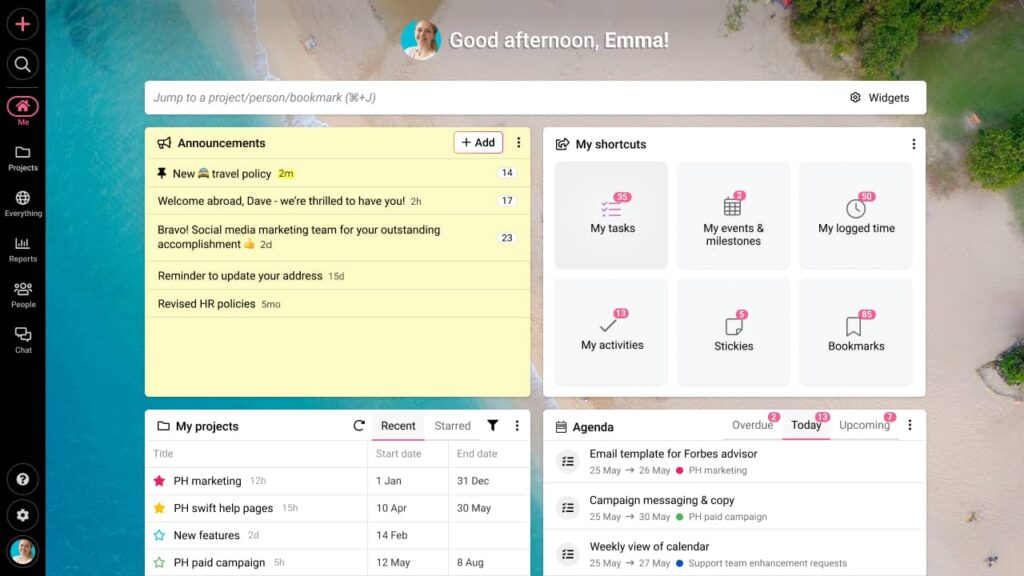
ProofHub is one of the top design collaboration tools for design teams to centralize their approval process and streamline their creative operations. From managing design projects and feedback to collaborating on designs and annotating files, ProofHub lets you track changes and compare file versions easily. Besides its proofing features, built-in chat, task comments, and discussion boards align all your conversations and tasks, eliminating miscommunication and longer email chains.
Key features:
- Online proofing tool to review assets, mark annotations, and provide feedback from the same screen.
- Task management system to create tasks, add deadlines, and define milestones.
- Forms for client requests and support queries.
- Cloud storage to save files and other assets in one place, share with team members, and collaborate on them.
- Version control to store, access, and manage multiple file versions in one central library.
- Built-in tools for instant messaging, discussions, task comments, and notes, for efficient communication.
- Custom roles with access control to limit access to sensitive information and features.
Pros:
- Comprehensive functionality suit, eliminating the need to switch between apps
- Flat-fee and no-per-user pricing structure to add unlimited users
- Easy to use intuitive interface with minimal learning curve
- Shareable links to collaborate with external stakeholders without them logging into the platform
- Streamline feedback process to eliminate confusion and misunderstanding
Cons:
- No free version is available. However, one can avail of its 14-day free trial.
- Not suitable for solopreneurs and freelancers.
Pricing:
ProofHub offers two flat-fee and no-per-user fee pricing plans. Its 14-day free trial allows you to test its features and functionalities.
- Essential: $45/month on annual billing
- Ultimate Control: $89/month on annual billing
User reviews:
- G2: 4.6
- Capterra: 4.6
2. FigJam
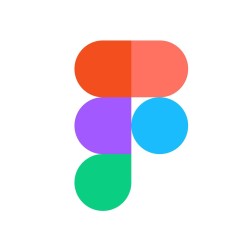
FigJam is a companion product of the popular design tool Figma. It has a collaborative design interface that allows creative teams to work in real-time and finalize designs swiftly. You can invite external collaborators on the online collaborative whiteboard to have discussions, meetings, brainstorms, and research for 24 hours – without logging into the platform.
Key features:
- 60+ brainstorming templates
- Cursor chat for a quick jamming session
- Multiple workflows and team-building widgets to customize the canvas.
Pros:
- Audio and live chat are available
- You can invite unlimited collaborators on boards
- Offers multiple integrations, including Slack, Microsoft Teams, Google Workspace, Zoom, Dropbox, and GitHub.
Cons:
- Steep learning curve
- You get three collaborative FigJam files in a free plan
- Guest access control is limited to the Enterprise plan
Pricing:
- The Starter Team plan is free
- Professional Team: $5/full seat/month
- Organization: $5/full seat/month
- Enterprise: $5/full seat/month
User reviews:
- G2: 4.7
- Capterra: 4.7
3. Canva
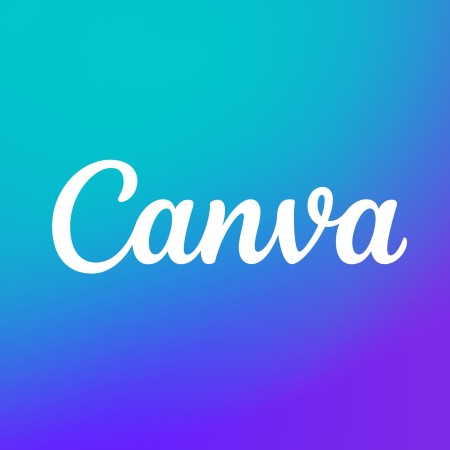
Canva is a visual graphic design platform for teams to design and collaborate simultaneously on documents, PDFs, images, and videos. Your team can seamlessly brainstorm ideas and turn them into action plans on whiteboards. They can also add comments, provide feedback, and invite other collaborators to arrange work together.
It offers thousands of templates, photos, icons, graphics, media elements, and sound effects to make whiteboards more interactive.
Key features:
- Interactive whiteboard for brainstorming, capturing ideas, and planning projects.
- Promotes real-time collaboration with colleagues and even external collaborators.
- Use the power of artificial intelligence with Magic Media to turn ideas into action.
Pros:
- Simple and easy to use
- Offers multiple professionally-designed templates
- Provides resources for user-help
Cons:
- No phone support
- Learning a diverse array of features can take time
- Limited customization functionality
Pricing:
- Pro: $12.99/month/person
- Teams: $12.99/month/person with a minimum of 3 people required to access the plan
- Enterprise: Contact sales team
User reviews:
- G2: 4.7
- Capterra: 4.7
4. Miro
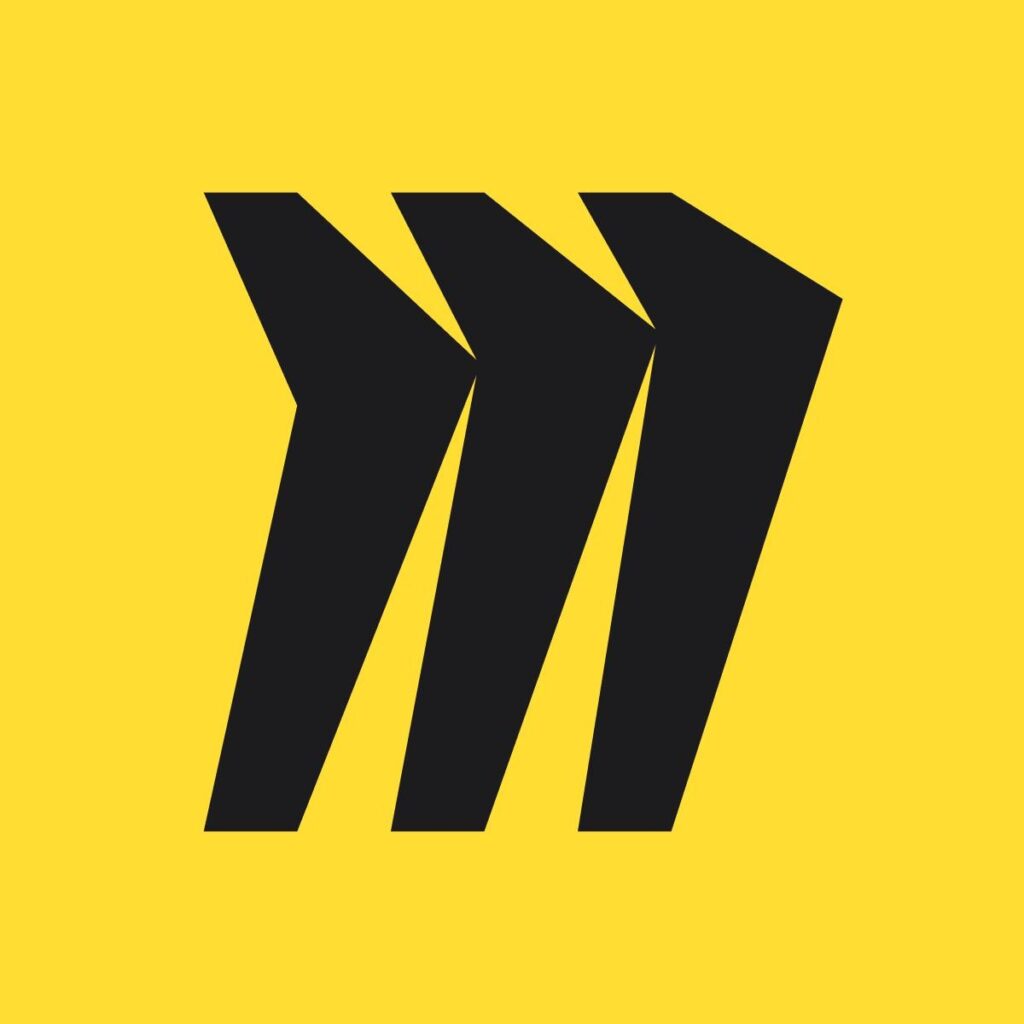
Miro is a visual collaborative workspace where teams can manage projects and designs effectively in one centralized location. Its limitless whiteboard removes any limit to your brainstorming capacity, enabling teams to move seamlessly from the planning to the execution stage. It offers multiple purpose-built templates for teams to avoid scratch work and start collaborating immediately.
Key features:
- Mind maps to communicate and organize your thoughts.
- Express yourself with stickies, images, drawings, diagrams, emojis, and GIFs.
- Built-in time tracker and video chat support
Pros:
- Available for both iOS and Android
- Provides hassle-free one-click collaborator access
- Offers 150+ apps and integrations
Cons:
- Steep learning curve
- You get 5 Talk tracks to give a walk-through of your boards in the free plan
- Premium support is available only in the Enterprise plan
Pricing:
- Starter: $8/user/month on annual billing
- Business: $16/user/month on annual billing
- Enterprise: Contact team for custom pricing
User reviews:
- G2: 4.8
- Capterra: 4.7
Streamline your designing process with these best designer tools for web and graphic design professionals!
5. Invision

InVision’s Freehand is an online whiteboard and productivity platform for your teams to unlock their collaborative potential. From project ideation and planning to execution and tracking, the platform offers an intelligent canvas for teams to brainstorm and sync. Additionally, you can gain insights into the team’s workflow to plan strategically and get more done in less time.”
Key features:
- Built-in digital whiteboard for seamless collaboration
- 200 purpose-built templates
- Intelligent canvas for visual brainstorming and cross-functional collaboration
Pros:
- You can receive and share feedback directly on prototypes
- Offers multiple bidirectional integrations
- A code-free designing prototype tool
Cons:
- No priority support
- Does not adhere to any security compliance
- Active users are limited under the free plan
Pricing:
Freehand plans:
- Free to get started
- Pro plan: $4.95/user/month on annual billing
User reviews:
- G2: 4.4
- Capterra: 4.6
6. GoVisually
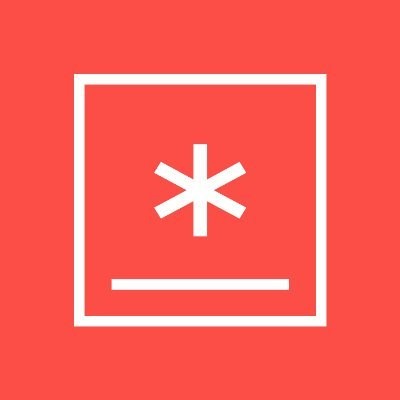
GoVisually is a visual design collaboration platform based on a one-click approval to simplify your creative workflow. With its visual markup tools and revision tracking features, providing feedback, adding annotations, tracking revisions, and leaving comments on assets becomes easy. Also, in case of any confusion or misunderstanding, you can easily loop in members to ask for directions.
Key features:
- Version control to keep track of multiple revisions and compare changes.
- One-click approval workflow for seamless review and sign-off processes.
- Create public and private project sections for better organization and confidentiality.
Pros:
- You can invite unlimited reviewers to the platform
- Offers Zapier integration
- Supports PNG, JPG PSD, PDF & Video file formats
Cons:
- The low-tier plan is limited to 10 users
- Does not support customizable workflow
- No extensive collaboration features
Pricing:
- Lite plan: $16/user
- Pro plan: $33/user
- Enterprise plan: Contact team for tailored solutions
User reviews:
- G2: 4.4
- Capterra: 4.6
7. Mural

Mural is a visual collaboration platform, equipped with features and functionalities to facilitate secure and flexible collaboration among team members. It streamlines your workflow, helping your team share ideas, leave feedback on assets, and have text conversations for coordinated efforts. It provides ready-to-use templates to help teams generate ideas, plan projects, and track iterations.
Key features:
- Use sticky notes and text on canvas to jot down ideas and action items
- Mapping and diagramming for quick and easy visualizations
- You get infinite & resizable canvas options to choose from
Pros:
- The built-in template library is available
- Offers decent integration options
- In-app chat available
Cons:
- You get only 1 workspace to work on in low-tier plans
- You cannot invite external collaborators in the Free and Team+ plan
- No chat functionality is available in the free plan
Pricing:
- Team+ plan: $9.99/user/month on annual billing
- Business plan: $17.99/user/month on annual billing
- Enterprise plan: Contact team for enterprise-grade features
User reviews:
- G2: 4.6
- Capterra: 4.5
8. Mockplus
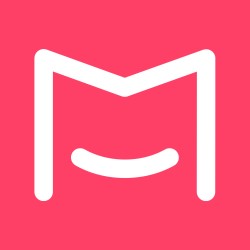
Mockplus is a comprehensive prototyping platform that helps users with prototypes, designs, and collaboration. It offers two core tools named MockPlus RP and Mockplus DT. Whereas the former concentrates on building prototypes and wireframes, the latter emphasizes collaboration on designs. It helps teams co-edit assets in real-time while offering the functionality to control and manage access for secured collaboration.
Key features:
- Offers built-in UI icons, component libraries, and templates.
- Notes and flowcharts for comments and explaining demonstrations.
- Shareable links to receive and collect feedback.
Pros:
- Provides access to unlimited version histories
- Offers interactive tutorials for getting started with the tool
- Integrates with other prototyping solutions, like Figma
Cons:
- Expensive compared to other solutions
- Limited functionality free plan
- No extensive integration options are available
Pricing:
- Ultimate plan: $6.58/user/month on annual billing
- Enterprise plan: Contact for custom pricing
User reviews:
- G2: 4.5
- Capterra: 4.4
9. Filestage
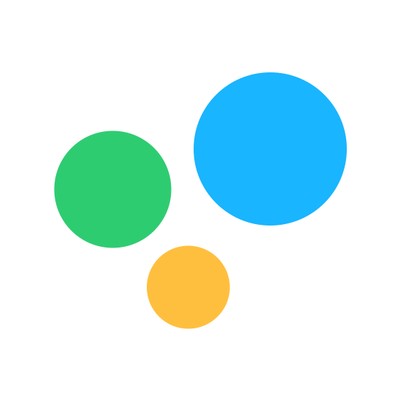
Filestage is one of the top collaborative software for design teams focused on managing reviews, feedback, and approvals – all within a single dashboard. From tracking approvals and collecting feedback to comparing various file versions, Filestage cuts down on email exchanges and speeds up the entire process.
Also, it provides greater control over your review process by establishing clear roles: Collaborators, Reviewers, and External partners.
Key features:
- Offers file proofing to make annotations on files and docs.
- Project dashboard to keep track of files, status, feedback, and versions.
- Get a live feed of the project updates in the notification center.
Pros:
- Easy to use
- A comprehensive approval and feedback platform
- Offers decent integration options
Cons:
- Limited customization options are available
- The free plan is limited to 2 GB of secure storage
- An Enterprise plan is required to access unlimited projects
Pricing:
- Free to get started
- Basic: $109/month
- Pro: $299/month
- Enterprise: Contact team for sales
User reviews:
- G2: 4.6
- Capterra: 4.7
Discover the list of best design feedback tools to get effortless feedback at every design stage
Features to look for in a design collaboration tool
A design collaboration should have this core set of features to support teamwork and streamline design operations.
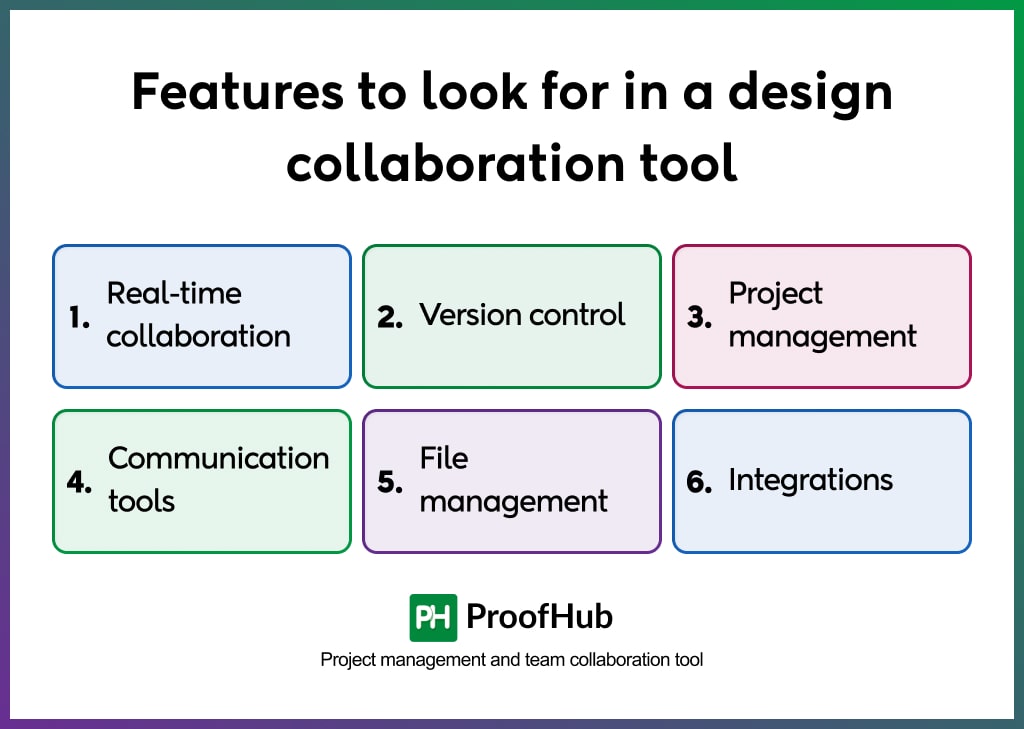
- Real-time collaboration: Whether it’s a visual design or a text document, teams should be able to work together and share these assets in real-time. This ensures everyone is aware of recent updates and modifications, avoiding any duplicate work and miscommunication.
- Version control: Look for a tool that allows you to keep and save design versions, helping you track revisions, view version history, and revert to previous versions, as and when required.
- Project management: Evaluate a tool based on whether it offers features such as project planning, task management, resource allocation, adding deadlines and milestones, and progress tracking.
- Communication tools: The tool should facilitate real-time communication, allowing you to add comments, leave feedback and suggestions, have direct conversations or threaded discussions, and make annotations in real-time.
- File management: Find a tool that creates a centralized space to manage all your digital assets and work. Be it remote or in-office, this functionality ensures easy access and organization.
- Integrations: Look for a tool that integrates well with your existing tech stack. Seamless integration with third-party applications allows your team to access a variety of functionality without the hassle of switching between multiple platforms.
How to choose online design collaboration tools for your team
Every creative agency takes a unique approach to achieving design collaboration. Here are some steps to consider when analyzing if a tool is the best match for you:
- Evaluate your needs: Start by understanding your current business operations and the areas where a design collaboration tool can bring efficiency. Also, consult your team about the specific requirements and capabilities that can make collaboration easier.
- Core features: Make sure the software you choose offers all the key features such as real-time collaborations, version control, whiteboards, project management, etc.
- Ease of use: The software you choose should have a user-friendly and intuitive interface for your teams to hit the ground running. They should not be bogged down by its complexity when creating innovative designs.
- Scalability: The software should be able to accommodate and handle your growing team size and design projects. Make sure it lets you add more users and manage larger projects without adding any additional expenses.
- Pricing: Make sure to factor in long-term costs when selecting a tool for your team. It should not strain your budget with every user and feature add-on.
- Security and privacy: Find a tool that offers robust data security and privacy measures. Look for tools that provide data encryption, compliance and regulations, and access control over sensitive design files.
Discover online collaboration tools that streamline communication, boost productivity, and keep your team organized.
Conclusion
Great designs are not the result of individual talent and isolated efforts. Instead, it is a collaborative process that capitalizes on diverse perspectives and skill sets. Whether you’re working with in-house teams or collaborating across time zones, design collaboration tools are essential for driving productivity and efficiency.
From facilitating real-time collaboration and communication to fostering creativity and teamwork, these tools offer countless benefits to design teams. And ProofHub stands out when it comes to streamlining communication. With real-time feedback, seamless communication, and easy file sharing, it eliminates the common chaos of scattered design processes.
FAQs
What is the difference between synchronous and asynchronous design collaboration?
Synchronous design collaboration is based on the concept of collaborating in real-time. On the other hand, asynchronous design collaboration doesn’t require everyone to respond immediately.
During synchronous collaboration, team members are actively engaged, having meetings, discussing ideas, sharing updates, providing feedback, and working together. While in asynchronous collaboration, often used by teams with busy schedules or working remotely, all the above-discussed activities are performed at different schedules and times.
What are the 5 principles of collaboration?
The five principles of collaboration include –
- Trust: Building trust helps others share ideas and opinions without fear of judgment.
- Open communication: Having honest and direct communication helps everyone work towards common goals.
- Knowledge sharing: Sharing information helps identify new opportunities, solve problems, and improve skills.
- Respect: Respecting and valuing diverse opinions and perspectives is crucial to substantial collaboration.
- Encouragement: Providing positive reinforcement and recognition helps others feel valued and motivated.
What is an example of a collaboration tool?
ProofHub is a popular and robust example of a collaboration tool. It is a project management and team collaboration platform that helps the team plan projects, organize tasks, proof documents, add comments, save versions, and track progress. Teams can also engage in 1:1 or group conversations, host brainstorming sessions, and share updates in real-time for seamless communication and collaboration.
Related articles-
